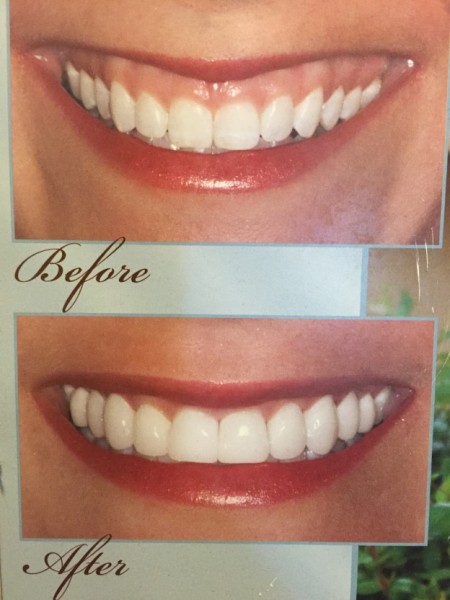Everyone knows that they have to keep their teeth healthy, but many people don’t know that the health of their gums is just as vital. To maintain healthy gums here are some signs of healthy vs. nonhealthy gums. Healthy gums should be firm and pink (differs with complexion) and fit tightly around your teeth. They should also hold teeth securely in place with no wiggling of permanent teeth. Healthy gums should not be swollen, tender, and do not easily bleed.
Unhealthy gums are bright red, swollen, and can feel painful or tender to touch. When brushing, flossing, or even eating your gums should not bleed and if they do that is a sign of unhealthy gums. Another sign of unhealthy gums is if your gums look pale, thin, and are receding.

Here are some tips you could do on a daily basis to prevent gum disease and maintain healthy gums.
- Brush 2 times a day. Preferably, you should brush after every meal, but twice a day is the minimum requirement. When you brush you should use a soft brush and use gentle, circular motions when brushing for about 2-3 minutes. Don’t brush too hard because that could aggravate your gums even more. It is also important to replace your brush every three to four months.
- Floss once a day. It is important to floss the right way to remove hard-to-reach plaque missed by brushing. The goal is to scrape plaque off the sides of your teeth while not digging into your gums causing them to bleed. Using a gentle sawing motion work the floss up the side of one tooth and then down the side of the other tooth to make sure any food or plaque was not missed.
- Rinse every day. Rinsing with mouth wash kills bacteria that can stick to your teeth and gums, and it flushes out any leftover food or plaque that brushing and flossing might have missed. Tip: If your gums look swollen or red, try rinsing with salt water a couple times a week to help a natural and affordable healing process.
- See your dentist on a regular basis. You should be making trips to your dentist every 6 months for regular check-ups and cleanings.
- Stop smoking. People who smoke or use smokeless tobacco have twice the risk of developing gum disease. When using tobacco, it causes your mouth to dry which leaves sticky deposits on your teeth making the perfect environment for plaque build-up and bacteria.
If you are noticing any signs of unhealthy gums, contact your dentist as soon as possible. Your dentist will help determine if you have gum disease or periodontists and develop a treatment plan to get you back to being healthy. The quicker you pursue treatment, the better. In the initial stages, gum disease is still reversible, but once it becomes worse, it’s more painful, difficult, and expensive to treat.


